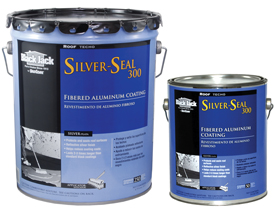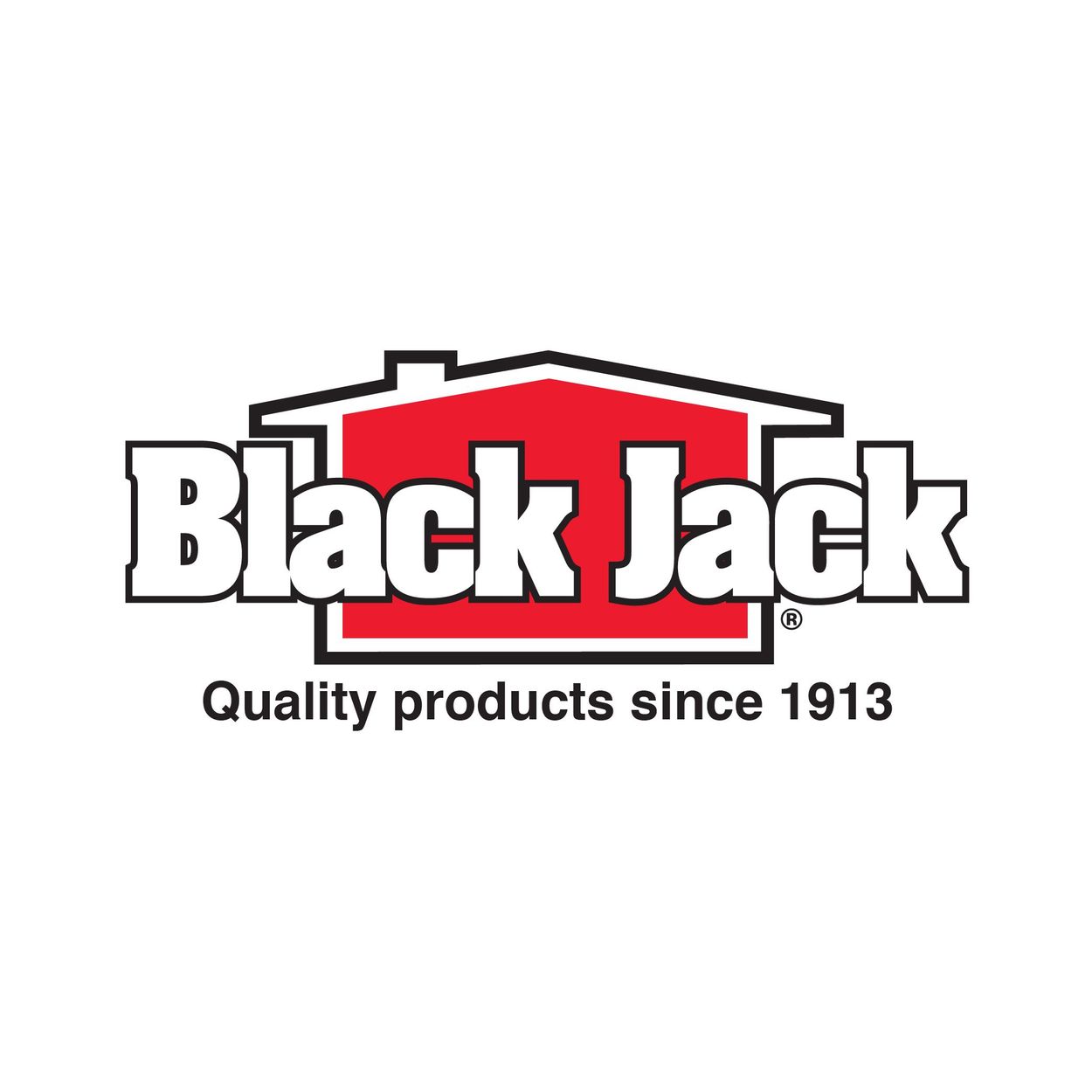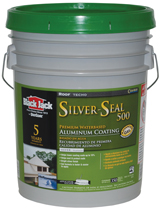Blackjack Silver Seal 300 Sds
- Black Jack Silver Seal 300 Sds Sheet
- Black Jack Silver Seal 300 Sds Paint
- Black Jack Silver Seal 300 Sds Permatex
What is a Safety Data Sheet?
Black Jack® Silver-Seal 700 is a premium liquid applied aluminized roof coating. The high content of aluminum pigment forms a brilliant reflective and protective finish to your roof. This will reflect the suns heat and UV rays, which helps energy efficiency and enables to roof life to be extended. Black Jack 5180 Silver-Seal 500 Premium Waterbased Aluminum Coating is an advanced, high quality, fiber reinforced, reflective coating that provides a tough layer of protection over the roofs surface.This bright aluminum finish reflects up to 50 percent of the suns damaging rays to help reduce interior heat gain and protect the roof surface. Gardner® 5g Non-Fibered Foundation & Roof Coating: Liquid Damp-proof Seal 0171-GA Gardner® 1g Flexx-Gard™ Rubberized Premium Fibered Asphalt Roof & Foundation Coating. Toluene (CAS 108-88-3) Ceiling 300 ppm TWA 200 ppm US. OSHA Table Z-3 (29 CFR 1910.1000) Components Type Value Form Crystalline Silica (CAS TWA 0.3 mg/m3 Total dust. 14808-60-7) 0.1 mg/m3 Respirable. 2.4 mppcf Respirable. 3 / 11 Product name: FLEX SEAL WHITE Product #: Version #: 01 Issue date: SDS US.
A safety data sheet, or SDS, is a standardized document that contains occupational safety and health data. The International Hazard Communication Standard (HCS) mandates that chemical manufacturers must communicate a chemical’s hazard information to chemical handlers by providing a Safety Data Sheet. SDS's typically contain chemical properties, health and environmental hazards, protective measures, as well as safety precautions for storing, handling, and transporting chemicals.
Globally Harmonized System
GHS is a set of international guidelines that were developed by the United Nations. These guidelines were created to ensure the safe manufacturing, handling, use, disposal, and transport of hazardous materials. The GHS system is used to:
- Classify chemical data and hazard criteria.
- Identify a chemical's health, physical, and environmental hazards.
- Provide chemical manufacturers and distributors with a well-defined system to communicate a chemical's hazard information and protective measures.

SDS Structure and Format

Safety data sheets have sixteen sections. The early sections, one through eight, focus on quick access to essential information that might be required by chemical handlers for safe handling practices or by emergency response personnel. Sections nine through eleven contain technical and scientific data, e.g., stability, reactivity, physical & chemical properties. Sections twelve through fifteen are not mandatory; however, they are required to be fully GHS compliant. The last section, section sixteen, contains information about the SDS itself, e.g., the revision date and changes since the last version.
SDS Information for Employers
Employers must ensure that employees have access to safety data sheets for all of the hazardous chemicals they handle. Employers may fulfill this requirement in a variety of ways. For example, SDS binders are quite common as are computer-based SDS databases. What’s important is that employees have access to the safety data sheets for all of the chemicals that they are using. If the employer does not have an SDS for one of these chemicals they should contact the manufacturer to obtain the current version of the SDS for that chemical. In this sense, the online SDS databases have a clear advantage over binder-based systems since the database vendor usually takes care of indexing and updating the safety data sheets.
| GHS Hazard | Pictogram | Hazard Class & Hazard Category |
|---|---|---|
| Explosive |
| |
| Flammable |
| |
| Oxidizing |
| |
| Compressed Gas |
| |
| Corrosive |
|
| GHS Hazard | Pictogram | Hazard Class & Hazard Category |
|---|---|---|
| Toxic |
| |
| Corrosive |
| |
| Irritant |
| |
| Health Hazard |
|
| GHS Hazard | Pictogram | Hazard Class & Hazard Category |
|---|---|---|
| Environ- mentally Damaging |
|
Class 1: Explosives
| GHS Hazard | Pictogram | Hazard Class & Hazard Category |
|---|---|---|
| Divisions 1.1–1.3 | Explosives
| |
| Division 1.4 | Explosives
| |
| Division 1.5 | Explosives
| |
| Division 1.6 | Explosives
|
Class 2: Gases
| GHS Hazard | Pictogram | Hazard Class & Hazard Category |
|---|---|---|
| Division 2.1 | Flammable Gases
| |
| Division 2.2 | Non-flammable Non-toxic Gases
| |
| Division 2.3 | Toxic Gases
|
Classes 3 and 4: Flammable Liquids and Solids
| GHS Hazard | Pictogram | Hazard Class & Hazard Category |
|---|---|---|
| Class 3 | Flammable Liquids
| |
| Division 4.1 | Flammable Solids, Self-reactive Substances and Solid Desensitized Explosives
| |
| Division 4.2 | Substances Liable to Spontaneous Combustion
| |
| Division 4.3 | Substances Which in Contact with Water Emit Flammable Gases
|
Other GHS Transport Classes
| GHS Hazard | Pictogram | Hazard Class & Hazard Category |
|---|---|---|
| Division 5.1 | Oxidizing substances
| |
| Division 5.2 | Organic Peroxides
| |
| Division 6.1 | Toxic Substances
| |
| Class 8 | Corrosive Substances
|
Basic Searches
Enter the chemical name in the Substance field and click on the Submit button. A list of matching results from one or more manufacturers will be returned if the chemical is found in the database. You can then click on the desired result and a summary page will open.
GHS labels and safety data sheets can be printed or downloaded. Click on the View GHS Label button at the bottom left of the summary page to open the GHS label. Click on the View SDS button at the bottom right of the summary page to open the safety data sheet.
Advanced Searches
More advanced searches can be performed by populating multiple fields with data. For example, enter the chemical name in the Substance field and enter the manufacturer name in the Manufacturer field. This will return fewer, but more precise results. Also, the Search Type can be manipulated using the 'begins with' and 'contains' drop-down selections.
You can search for SDS's using the CAS number. This will return only pure chemicals and not mixtures that contain that CAS number.
Use Guidelines
Chemical Safety's SDS and GHS database is a free service available to organizations of all types. For-profit organizations are granted permission to access Chemical Safety's SDS Search from Chemical Safety's website. There are no restrictions on the number of searches performed. Educational and not-for-profit institutions may embed Chemical Safety's SDS search on their own websites (see instructions below).
Inserting a Direct Link
Inserting a direct link to Chemical Safety's SDS search page is the easiest solution and requires minimal effort. For convenience, the link will open in a new browser tab.
To insert a direct link to our SDS search page, add this code (copy & paste) to your webpage:
Black Jack Silver Seal 300 Sds Sheet
Embedding the Search Functionality on Third-party Websites
Embedding Chemical Safety's search functionality can also be achieved in two ways:
Method 1: Dynamic Embedding (recommended for advanced users)
You can add the Chemical Safety search form and results panel in any location on your web page, by:
1st Step: Add a <div> element in your web page to contain the SDS search form and results. You can optionally add any styling you require:
Note: if you omit this step, the embedded content will be added at the end of the page, extending to the whole page width
2nd Step: Add the following code at the end of your page, just before the closing </body> element:
Performing the above two steps, will add in your page the following form:
Method 2: Static iFRAME embedding

You can the add the search functionality in your web page by adding the following code.
Black Jack Silver Seal 300 Sds Paint

In the above code snippet you can set the width and height to match your website design. This solution is easier to implement but is not so customizable as the previous one.
Black Jack Silver Seal 300 Sds Permatex
Chemical Safety is the developer of Environmental Management Systems (EMS), the original and most comprehensive EH&S software